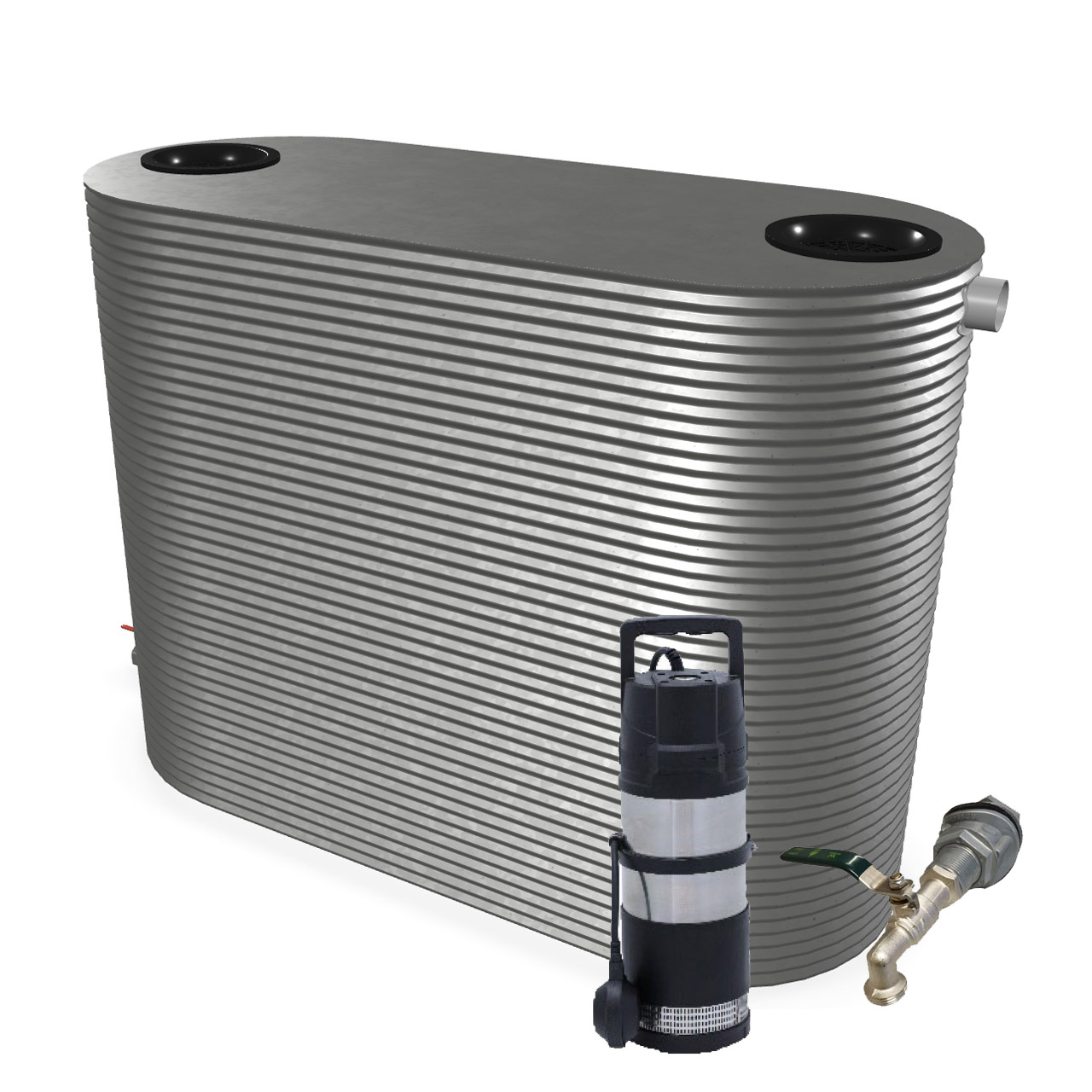Leading Reasons to Invest in Slimline Water Tanks for Your Home
Leading Reasons to Invest in Slimline Water Tanks for Your Home
Blog Article
Checking Out the Numerous Uses Rainwater Tanks for Residential and Commercial Residences
As the worldwide emphasis on lasting living methods continues to magnify, the usage of rain tanks in both residential and business setups has become an important solution. These tanks use a reservoir for rain harvesting, providing a myriad of potential applications that expand far past mere storage. From irrigation to bathroom flushing and landscape design, the flexibility of rain storage tanks is large. Their combination into business residential or commercial properties opens up a realm of opportunities for ecologically conscious organizations. The multifaceted uses of rainwater tanks offer an engaging situation for their fostering, not just as a functional water-saving step however also as a testament to liable source monitoring.
Advantages of Using Rainwater Storage Tanks
Using rain containers provides many benefits for both homes and communities in regards to water preservation and sustainability. Among the crucial advantages of utilizing rainwater containers is the significant decrease in reliance on keys water supply - Slimline water tanks. By catching and saving rainwater for later use, individuals and neighborhoods can reduce their demand for cured water, inevitably alleviating the worry on water therapy centers and lowering power intake related to water transportation and treatment
Moreover, rainwater harvesting via containers gives a reliable alternate water source during times of water constraints or lacks. This kept rain can be utilized for different non-potable purposes such as watering, flushing commodes, and cleaning garments, minimizing the strain on typical water sources. Additionally, making use of rain containers can result in cost savings for both homes and neighborhoods by lowering water expenses and reducing the requirement for expensive facilities expansions to fulfill expanding water needs.
In significance, the utilization of rain storage tanks uses a lasting and environmentally friendly technique to water management, benefiting both individual customers and the more comprehensive neighborhood in terms of water preservation, cost-efficiency, and resilience.
Rain Container Use in Irrigation
Provided the advantages of rainwater tanks in saving water resources and lowering dependence on mains water system, a considerable application lies in using saved rain for watering functions - Slimline water tanks. Rainwater harvesting systems can properly collect and keep rain, supplying a lasting water source for sprinkling yards, lawns, and farming areas. By utilizing rain for irrigation, homeowner can minimize their reliance on treated water resources, resulting in cost financial savings and environmental advantages

Among the primary advantages of utilizing rain for watering is its purity. Rainwater is normally soft and without the chemicals and additives typically located in mains water, making it optimal for beneficial plants without the danger of harmful results. In addition, rain is at ambient temperature, which can profit plant growth by preventing temperature level shocks that can take place with cold keys water.
Rain Tanks for Bathroom Flushing

Implementing rain storage tanks for bathroom flushing is an affordable and eco-friendly technique that can be easily integrated into both domestic and industrial buildings. The try this out kept rainwater can be made use of to purge commodes by linking the container to the existing pipes system. This basic yet efficient option can substantially lower water intake in a structure, especially in locations where water shortage is a worry.

Integrating Rainwater Tanks in Landscape Design
These containers can capture and store rainwater drainage from roof coverings, which can after that be used for watering gardens, yards, and plants. By making use of rainwater for watering objectives, residential or commercial property owners can decrease their reliance on municipal water sources, leading to cost financial savings and conservation of precious water sources.
In enhancement to providing a lasting water source for landscape design needs, rainwater containers can likewise assist in managing stormwater overflow. By catching rainwater that would or else flow into storm drains, these containers can mitigate erosion, decrease flooding dangers, and avoid air pollution of all-natural water bodies. Integrating rainwater tanks in landscaping can contribute to the total visual allure of the residential or commercial property, showcasing a dedication to ecological stewardship.
Industrial Applications of Rain Storage Tanks
Using rainwater tanks in industrial setups provides a sustainable solution for water administration and preservation, benefiting services and the environment alike. One vital commercial usage is for irrigation objectives, where gathered rainwater can be made use of to water landscape design, gardens, and farming fields surrounding business buildings.
In addition, rain accumulated in containers can be treated and used for non-potable objectives within commercial homes, such as flushing toilets, cleaning, and cooling down systems. On the whole, the incorporation of rain containers in business settings presents a functional and environmentally accountable method to water monitoring.
Conclusion
From watering to commode flushing and landscaping, the usage of rainwater tanks can help save water sources and decrease water see here now bills. In general, the versatility and sustainability of rainwater tanks make them a beneficial financial investment for any building owner looking to raise water effectiveness.
Report this page